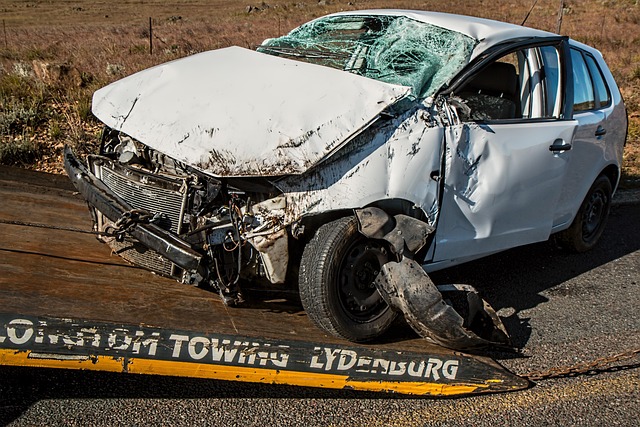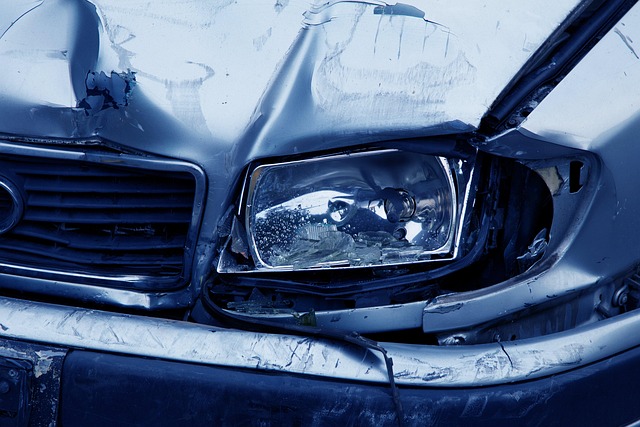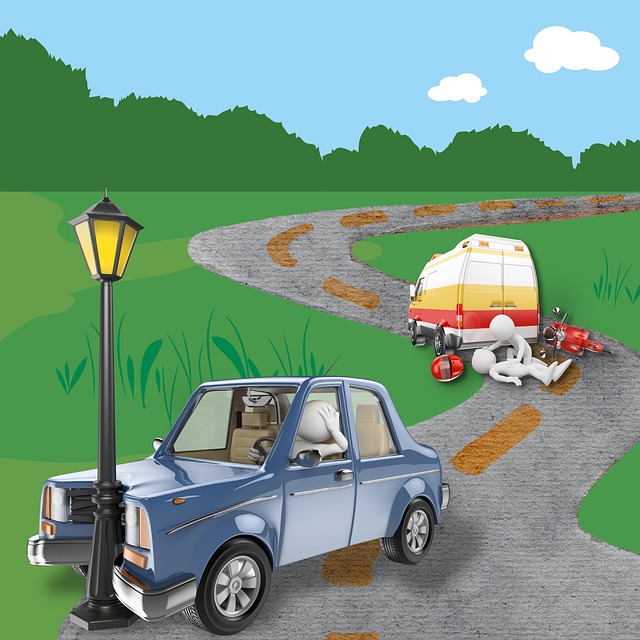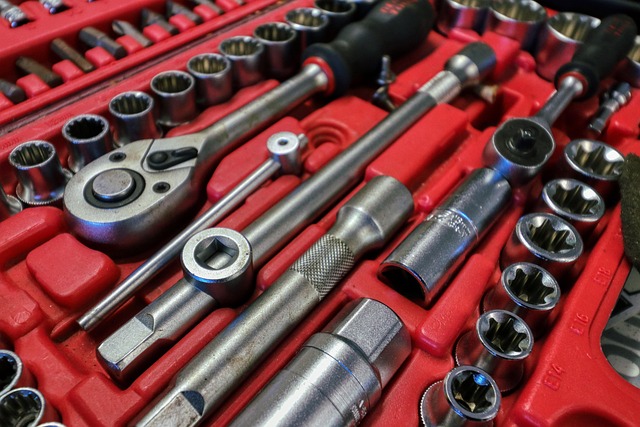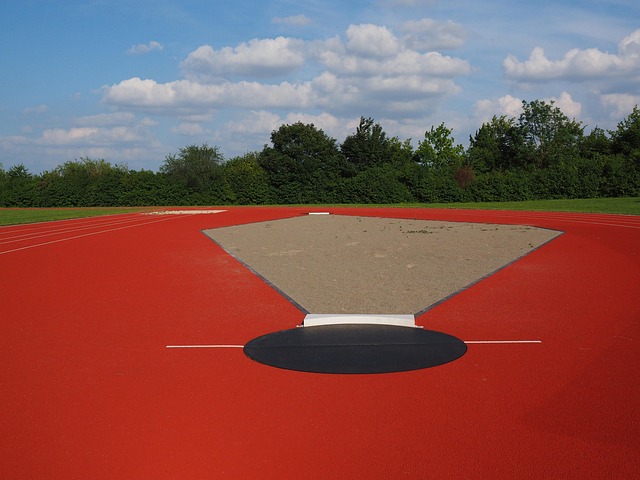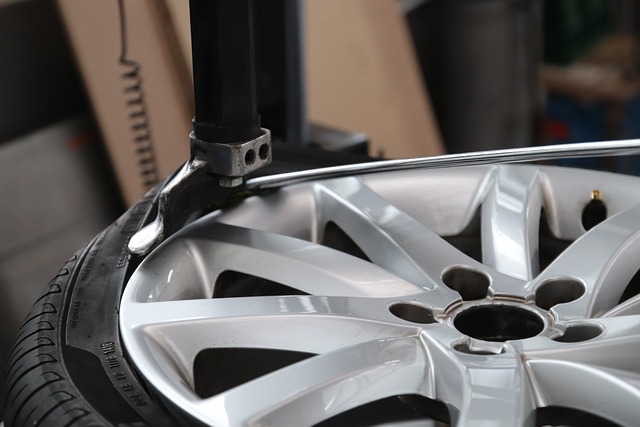Paintless dent removal (PDR) is a modern auto bodywork technique that avoids damaging factory finishes by gently pushing out dents using specialized tools. Popular for efficiency, cost-effectiveness, and minimal aesthetic disruption, PDR is ideal for repairing smaller dents on various vehicle parts while preserving existing paint. Compared to traditional dent repair methods, PDR offers discreet repairs but may not address deeper or more complex damages as effectively; conventional methods provide advantages in structural restoration and pre-accident condition, albeit with longer shop time, potential repainting, higher costs, and paint mismatches.
“In the realm of automotive repair, Paintless Dent Removal (PDR) has emerged as a game-changer, offering a modern approach to addressing dents and scratches. Unlike conventional dent repair methods, PDR is a non-invasive technique that conserves the vehicle’s original finish. This article delves into the world of PDR, exploring its benefits and how it compares to traditional dent repair. We’ll uncover why PDR is becoming a preferred choice for car owners seeking efficient, cost-effective solutions without compromising aesthetics.”
- Understanding Paintless Dent Removal: A Modern Approach
- The Traditional Dent Repair Method: A Time-Honored Technique
- Comparison: Benefits and Considerations of Each Method
Understanding Paintless Dent Removal: A Modern Approach
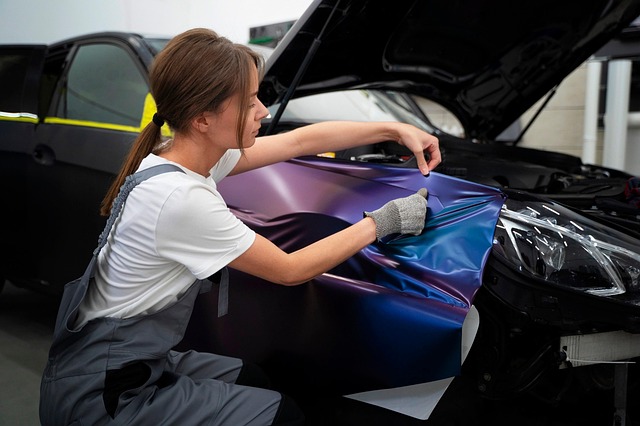
Paintless dent removal is a modern approach to auto bodywork that has revolutionized the way dents and dings are repaired on vehicles. Unlike conventional dent repair methods that often involve sanding, painting, and lengthy restoration processes, paintless dent removal (PDR) techniques focus on restoring the original shape of the metal without damaging the factory finish. This innovative method uses specialized tools and trained technicians to gently push and pull the damaged area back to its original form, essentially erasing the dent from view.
PDR has gained significant popularity due to its efficiency, cost-effectiveness, and minimal disruption to the vehicle’s aesthetics. It is particularly effective for repairing smaller dents, creases, and dings on various parts of a car, including fenders, doors, and hoods. By preserving the existing paint and avoiding extensive repainting or re-finishing, PDR reduces the time and resources required for conventional fender repair and auto bodywork, making it a preferred choice for both professional bodyshops and DIY enthusiasts looking to maintain their vehicle’s pristine condition.
The Traditional Dent Repair Method: A Time-Honored Technique

The traditional dent repair method has been a time-honored technique for decades, involving meticulous handiwork and precise tools to straighten out car bodies. This process typically requires skilled technicians who carefully assess and manually adjust metal panels to remove dents and dings. With the use of hammers, dolly pulls, and other specialized instruments, they reshape the damaged area until it returns to its original form. This method is well-established and has been relied on for years, making it a go-to solution for conventional dent repair in both car dealerships and independent shops.
While effective, this traditional approach often leaves visible evidence of the repair, such as faint indentations or paint imperfections, especially when dealing with complex or shallow dents. This can impact the overall aesthetics of the vehicle’s exterior, which is a significant concern for those who value their car’s appearance and resale value. In contrast, paintless dent removal (PDR) offers a more discreet and advanced solution, ensuring that the repaired area blends seamlessly into the surrounding body panel without the need for painting or repainting.
Comparison: Benefits and Considerations of Each Method

When comparing paintless dent removal (PDR) to conventional dent repair methods, such as traditional bodywork and painting, several key differences emerge. Paintless dent removal offers numerous benefits for car owners looking for a swift, cost-effective solution. This non-invasive technique preserves the original factory finish, eliminating the need for repainting, which can save significant time and money. PDR is particularly effective for minor dents, dings, and creases, often leaving no visible evidence of damage once the process is complete.
On the other hand, conventional vehicle dent repair methods have their advantages too. For deeper or more complex damages, traditional bodywork might be the better option as it can address structural issues and restore the vehicle to its pre-accident condition. However, this approach typically involves more time in the shop, potential repainting, and higher costs due to labor-intensive processes. Moreover, conventional methods may not always guarantee a perfect match with the existing paint finish, leading to visible repairs that contrast with the rest of the car’s exterior.
In comparing paintless dent removal (PDR) with conventional dent repair, PDR offers a modern, non-invasive approach that preserves vehicle finish and is often faster and less costly. While traditional methods have their place for severe dents, PDR’s benefits make it an attractive choice for minor to moderate damage. When considering which method to use, understanding the advantages and limitations of each will help car owners make informed decisions for effective dent removal.
